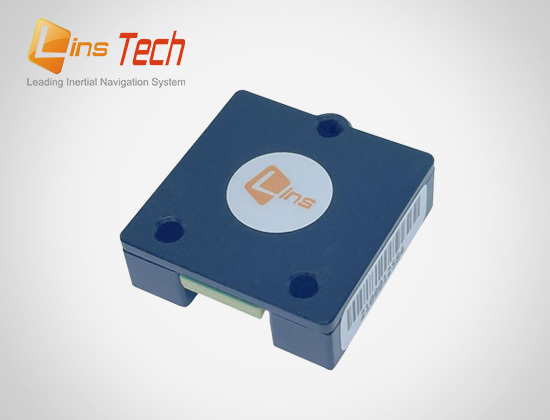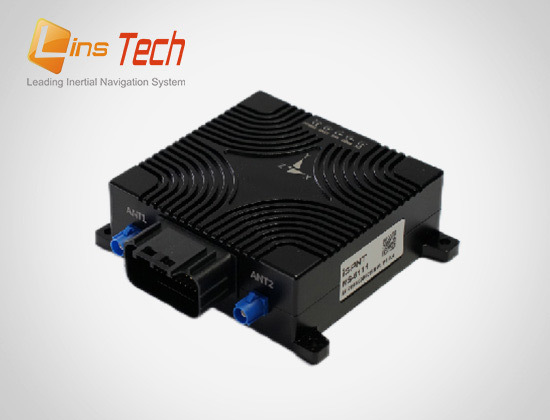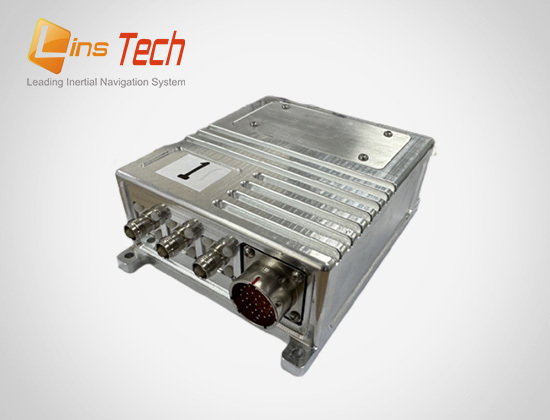Intelligent driving
In intelligent driving cars, inertial navigation is usually used for vehicle positioning, path planning and navigation, body posture monitoring and so on.
Vehicle positioning
In open areas, the GNSS can provide accurate information on the vehicle location. However, when the vehicle enters an area of high buildings, tunnels or dense woods where the GNSS signal is blocked, the inertial navigation system can rely on the previous motion state to continue to calculate the vehicle position, so as to maintain the continuity of positioning. Positioning accuracy can be further improved by incorporating the data from GNSS and inertial navigation.
Path planning and navigation
The autonomous driving system needs accurate vehicle position information for path planning. The high-precision position and speed information provided by the GNSS inertial combined navigation system can help the autonomous vehicle to determine the current position and the relative relationship with the target position, so as to plan the optimal driving path.
Vehicle posture monitoring
The gyroscope in the inertial navigation system can measure the angular speed of the vehicle and thus determine the attitude of the vehicle (e. g., pitch, roll and yaw angle), which is very important for the stability control and steering control of the autonomous vehicle during driving. Combined with the location information provided by GNSS, the driving direction and slope of the vehicle can be judged more accurately, providing more comprehensive environment perception information for the autonomous driving system.
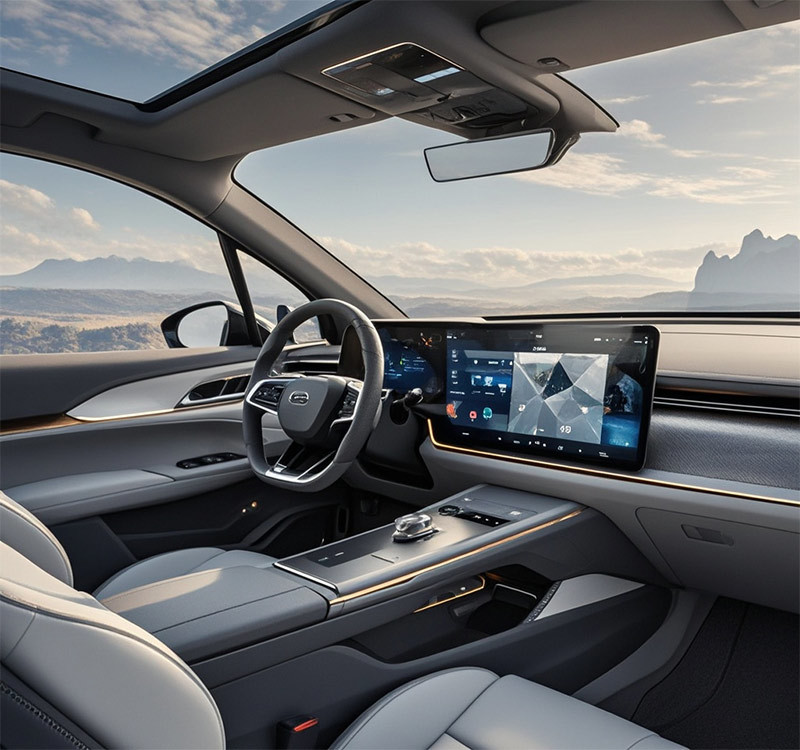
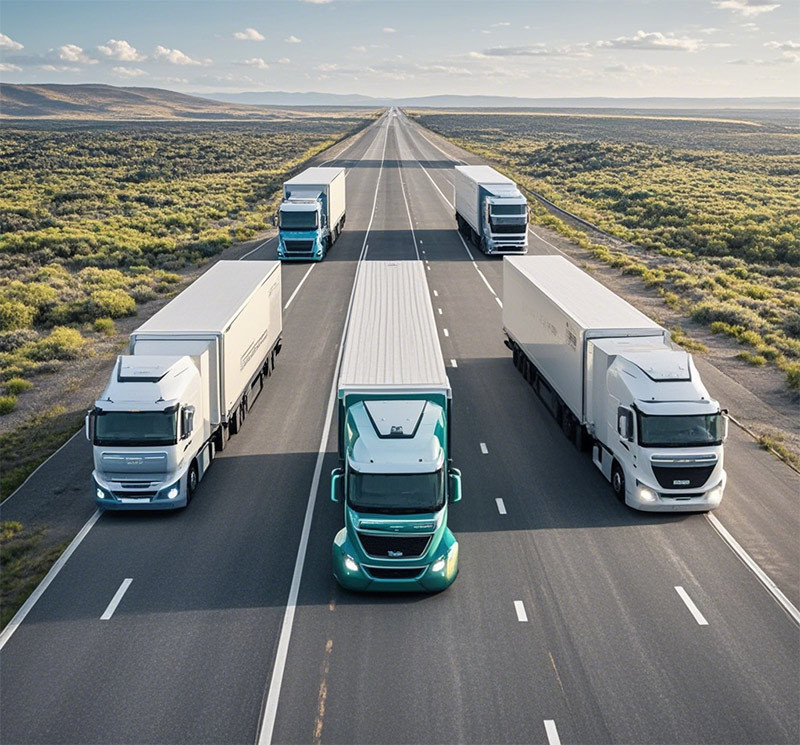

Recommended products

